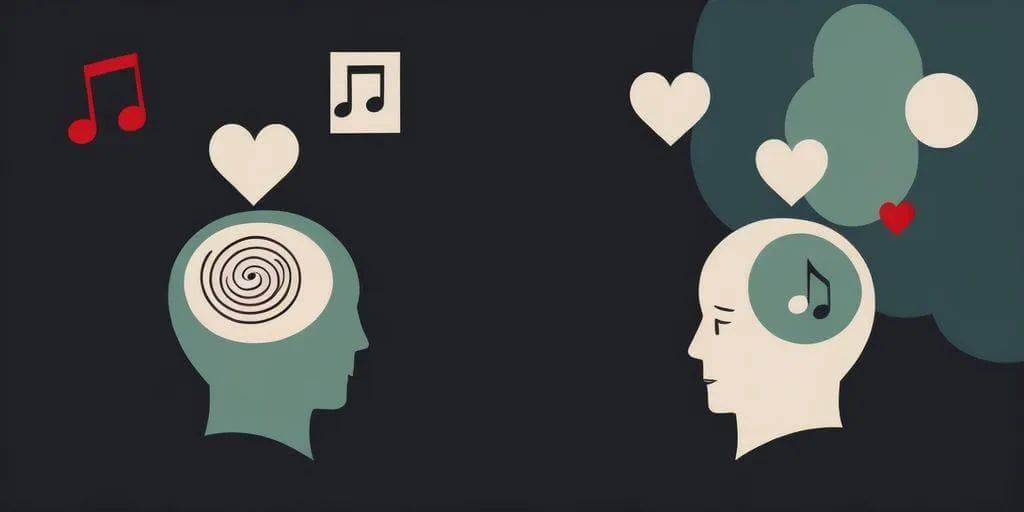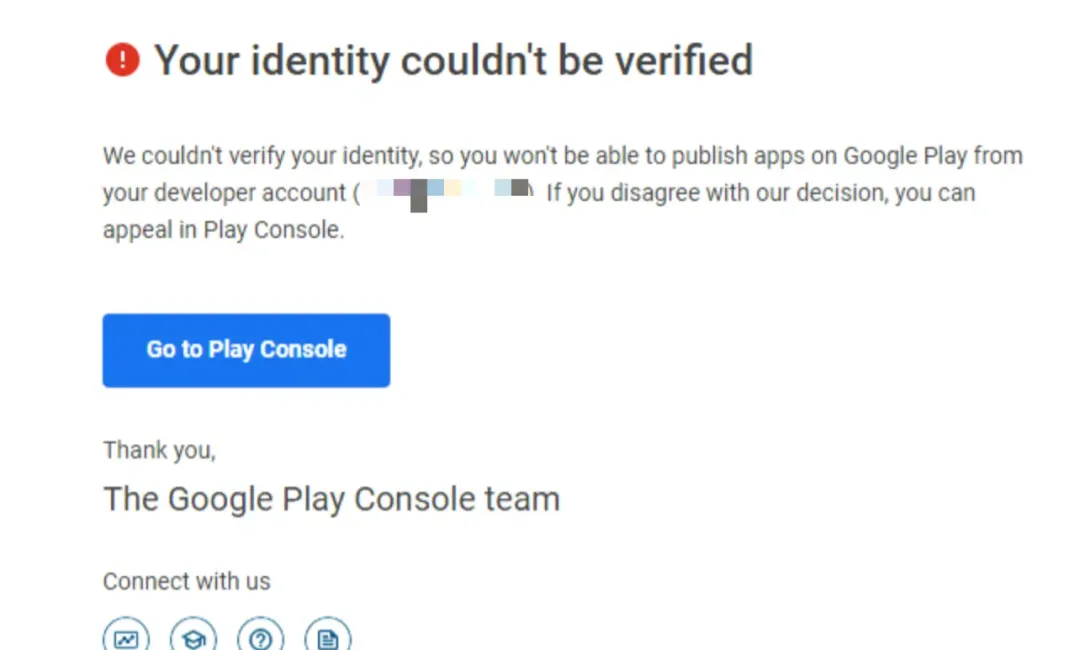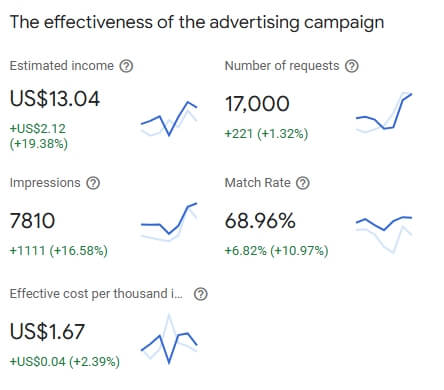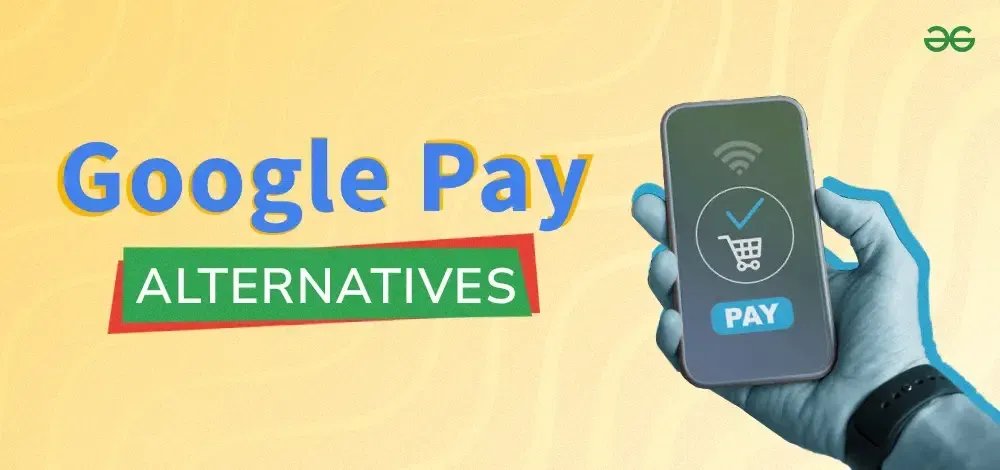In today's world of endless temptations, our purchasing decisions often appear both rational and absurd. We willingly spend over 100 yuan to enjoy a movie night with friends but hesitate when it comes to a 15-yuan video subscription. We easily purchase a clothing item for hundreds of yuan at the mall, yet haggle over a few yuan at the market.
These seemingly contradictory behaviors reveal deep-rooted psychological principles. In this article, we'll explore some of the most common psychological effects in marketing and how they shape our decisions as consumers.

Today, we'll introduce six key effects: the Flywheel Effect, Herd Behavior, the Detrimental Principle, Veblen Effect, the Birdcage Effect, and the Psychology of Free.
1. The Flywheel Effect – Cultivating Consumer Habits
The Flywheel Effect suggests that a large initial effort is required to start a process, but once momentum is gained, it becomes easier to maintain. For brands, building consumer habits is crucial. Through continuous promotions and incentives, brands can foster regular purchasing behaviors, reducing future marketing costs.
For example, Luckin Coffee attracted users early on with heavy subsidies and coupons, encouraging customers to use their app for coffee purchases. In a short time, they gained a large base of loyal users. Similarly, Meituan leveraged coupons and rewards to attract users, creating a virtuous cycle that increased restaurant participation and enhanced the overall user experience.
2. Herd Behavior – Following Trends
Herd behavior, like sheep blindly following the leader, is a common phenomenon in human actions. People tend to mimic others, especially when uncertain, following the crowd rather than thinking independently.
This effect is widely used in marketing. For instance, popular milk tea shops sometimes hire people to queue, creating the appearance of high demand. This, in turn, attracts real customers. Similarly, live-streamed sales often capitalize on herd behavior, with hosts creating urgency through limited-time offers, prompting viewers to follow the crowd and make purchases.
3. The Detrimental Principle – Illusion of Necessity
Just as peacocks develop elaborate tails to attract mates, humans also tend to showcase certain traits to gain attention, often through non-essential items. Brands can leverage this principle by marketing products as "essential" to trigger consumer desire.
Lipstick marketing is a perfect example. By releasing various colors tied to fashion trends, brands make consumers feel that owning multiple shades is necessary for expressing individuality and charm.
4. The Veblen Effect – Conspicuous Consumption
The Veblen Effect reveals a paradox: the higher the price, the more attractive a product becomes. Consumers often purchase expensive items not for their utility but to signal wealth and status.
A famous story illustrates this effect: a store mistakenly doubled the price of unsold items, only to sell out completely. High prices can enhance a brand’s appeal, as seen with luxury goods like Louis Vuitton and Gucci, where prices far exceed production costs, yet still command a loyal following.
5. The Birdcage Effect – Spending to Avoid Waste
The Birdcage Effect comes from a story where a man received a beautiful birdcage but no bird. After repeated questions from guests, he eventually bought a bird to match the cage, just to avoid the discomfort. Brands use this effect by selling or gifting one item that drives the purchase of complementary products.
Supermarkets frequently use buy-one-get-one-free deals or exclusive offers to entice customers to spend more on items they don’t actually need, all to avoid feeling like they’re missing out.
6. The Psychology of Free – Hooked by Zero Cost
"Free" is a powerful word that often leads people to make irrational decisions. Brands can use free products or services to attract users, then monetize through premium features or upgrades.
This strategy has helped companies like 360 Antivirus dominate the market by offering free services and later profiting from other add-ons. Similarly, many online education platforms provide free trial courses to hook students, who then pay for more advanced content.
Conclusion
Understanding and applying these psychological effects in marketing can help brands attract and retain customers more effectively. However, successful marketing must always be grounded in genuine respect for consumer needs. In the future, marketers must strive for a balance between creativity and ethics, ensuring that consumers are truly receiving value while promoting sustainable practices.





